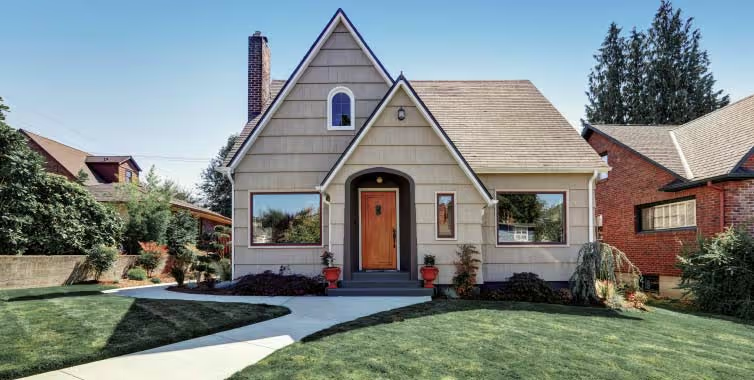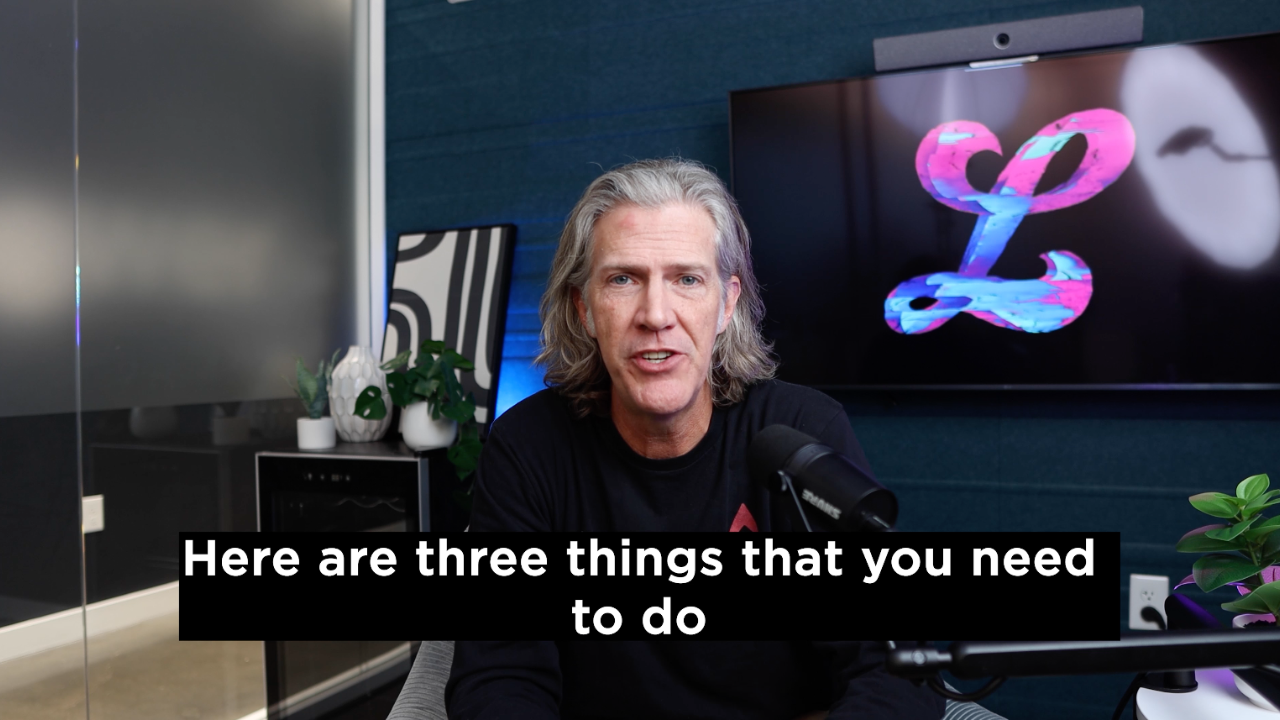What Is Rent-To-Own?
An alternative approach to becoming a homeowner, rent-to-own involves making a commitment to rent a property for a specific period of time. As the rental period draws to a close, the renter has the opportunity to purchase the property. If the renter doesn’t want to purchase, it may be possible to walk away from the deal after the agreed-upon rental period ends.
Rent-to-own provides an alternative approach to becoming a homeowner. It begins with a rental period, followed by an option to buy.
Lease Option vs Lease Purchase
Rent-to-own agreements can vary significantly, so it’s important to understand your agreement fully before signing. Most arrangements fall into one of two main categories: lease option or lease purchase. With a lease option, the tenant pays an extra fee in exchange for the ability to walk away without buying. A lease purchase agreement requires the tenant to eventually buy the home.
The two main categories for rent-to-own are known as lease option and lease purchase.
The Traditional Home Buying Process
Before pursuing a rent-to-own arrangement, it helps to understand the basics of conventional homeownership. Typically, this process begins with a thorough examination of your financial status. An overview of your current savings, income, and debt will help you figure out how much house you can afford and how much you might pay over the course of various types of mortgages.
Detailed information on your finances will prove helpful as you seek arrangements with a mortgage lender. You'll find it far easier to get your foot in the door if you're pre-approved for a mortgage before you make an offer on a house.
Next, a real estate agent can help you find properties within your preferred geographic area and price range. If you find a house you're willing to buy, you'll make an offer based on its estimated value and the current demand in the local housing market. Most purchase offers are contingent on inspections, which may uncover structural issues that require fixing.
Should you move forward after inspection, you'll need to choose a mortgage that fits your budget and personal priorities. An appraiser will then provide an independent estimate of the property's value. A large volume of paperwork follows the appraisal, guided by a title company. This is followed by the final step—closing.
From touring homes to securing lending, the typical process of buying a house involves a lot of inspections and paperwork.
The Rent-to-Own Process
Many aspects of the rent-to-own process echo that of the home buying trajectory outlined above, but with the addition of a rental period. Also involved is a landlord or management company that will own the home until you've completed the terms of the initial agreement.
The general process of renting-to-own follows a predictable pattern, but the timeline can vary, with the rental period potentially lasting anywhere from a few months to several years.
As with traditional home buying, renting-to-own will ideally begin with a thorough examination of your finances and intentions regarding your long-term living situation. Consider how much you can afford to pay up front, and whether you want to pay an option fee in case you choose not to buy.
You'll also need to take a close look at the monthly fee. In most cases, this will resemble what you might ordinarily pay for rent. A portion of that payment, however, will go toward an eventual down payment, which will later help you become a homeowner.
Once you have a solid grasp on your financial situation, you can either look for a specific property or for a management company willing to assist you in your search. Real estate agents can also help you find viable rent-to-own opportunities.
An inspection is essential. While some problems may come to light during the rental period, others may not be evident until much later. Inspection is even more important for lease purchase arrangements in which backing out is more difficult.
If, following a thorough inspection, you're still willing to move forward with a rent-to-own arrangement, you'll enter into negotiations. Terms discussed may include the lease period, the value of the option fee, the monthly payment, and the portion of those payments dedicated to the home's eventual purchase. Some contracts may also include a renewal clause that allows for an extension of the rental period.
For a lease option arrangement, the rent-to-own contract does not become binding until you pay an option fee. In many cases, the option fee is eventually applied toward the house's down payment.
Many aspects of the rent-to-own process echo conventional home buying, but with the addition of a rental period that allows you to take a test run before you make a long-term commitment.
What Are the Top Advantages of Rent-to-Own?
Rent-to-own represents a middle ground between renting and conventional homeownership, delivering the unique advantages and downsides of both lifestyles. Under the right circumstances, several benefits can make this approach an appealing option for aspiring homeowners:
Lack of a Down Payment
Rent-to-own agreements primarily benefit those who struggle to come up with a significant down payment prior to investing in property. Without this option, some people have no other path to homeownership. Instead, these individuals get caught in a cycle of paying rent and failing to set aside enough money to save for a future down payment.
It can be discouraging to sign one lease after another with little hope of eventually breaking out of the rental market. Keep in mind, however, that many agreements include option fees. If homeownership is the ultimate goal, some form of upfront payment may be required.
Poor Credit Is Less of a Barrier
Many aspiring homeowners struggle to secure favorable mortgage terms due to credit issues. Aside from paying for a house with cash, the only realistic option for overcoming this problem may involve a rent-to-own arrangement. While credit can still play a role in rent-to-own agreements, it's an easier problem to overcome following multiple years of on-time rental payments.
You’ll Get Into a House Quickly
The immediacy of rent-to-own attracts many prospective homeowners, who, for one reason or another, want to move into a new residence before buying. Rather than wait years while saving toward a down payment, it's possible to move in soon after the rent-to-own agreement is completed.
You’ll Experience Your Home Before You Buy
With conventional homeownership, residents may make a costly long-term commitment without fully understanding the risks a particular property might hold. Flipped homes, in particular, tend to come with significant structural issues not evident during the buying process. Home inspectors can uncover some problems, but even the best may fail to spot every issue.
Rent-to-own essentially allows for a trial period, in which significant issues may be brought to light without a full commitment on the resident's end. Should major issues arise, it's possible to walk away without wasting huge sums on repairs or selling. Keep in mind, however, that this ability is contingent on pursuing a lease option arrangement. With a lease purchase approach, the usual risks of buying a house still apply.
Rent-to-own brings the opportunity for homeownership to a broader population while providing the peace of mind of a test run.
What Are the Possible Downsides of Signing a Rent-To-Own Agreement?
Rent-to-own can be a promising option for many aspiring homeowners, but this approach presents a variety of risks worth considering. Some of these can be avoided when drafting the initial contract, but other hazards are part and parcel of the rent-to-own process.
Lack of Control
Some homeowners dread shelling out for upgrades or repairs, but others enjoy transforming fixer-uppers. With rent-to-own, however, such plans may need to be put on hold until the rental period comes to an end. This will depend on the nature of the contract. In most cases, the cost of household repairs will be split by the renter and landlord. While this can provide some financial relief, it comes with a loss of some of the control that would ordinarily be enjoyed by a homeowner.
Control issues don't end with repairs or upgrades. An irresponsible landlord could prove devastating, as the house might be lost to foreclosure before the opportunity to take full ownership arrives. While the possibility of this scenario should be covered in the initial rent-to-own agreement, even favorable terms could leave residents scrambling to make other arrangements in the event of a foreclosure or lien.
Unexpected Problems
While the rental period in a rent-to-own arrangement can uncover significant structural problems that make a property worth abandoning, other issues might not come to light until after the purchase. Title disputes, for example, can occasionally arise, and may cause a legal headache.
Forfeited Money
For many aspiring homeowners, the option fee represents the greatest downside of the rent-to-own model. Depending on the value of the home and the intended rental period, this fee can be considerable. In some cases, it rivals that of a modest down payment. For some, however, the ability to walk away at the end of the rental period makes this expense worth paying. The option fee can be avoided by pursuing a lease purchase agreement, but this also eliminates the ability to opt not to buy the house at the end of the rental term.
Even if the option fee proves manageable, the financial benefits of rent-to-own largely depend on the nature of the housing market when signing the initial agreement—and again when taking over as the new owner. Should the home's value decrease during this time, the new homeowner may still be on the hook for the home’s price at the time of the original agreement.
Without a reputable landlord and a solid contract, rent-to-own can be a risky proposition.
Considerations When Choosing Between Rent-to-Own and Buying
Both rent-to-own and conventional homeownership come with their fair share of risks and rewards. Keep the following questions in mind as you determine which option is the best fit for your situation:
- Do I want the option to not buy the house after renting?
- How much control do I want over how the property is maintained?
- Are housing prices on the rise in the neighborhood surrounding the property in question? What happens if prices fall prior to the final transfer of ownership?
- Is the landlord or management company reputable? Is the possibility of foreclosure covered in the rent-to-own agreement?
- Will taking a home for a "test drive" before I buy provide greater peace of mind over an immediate purchase?
Considerations such as housing prices, option fees, and the desire for a test run should play into rent-to-own decisions.
As you examine your options for buying a house, look carefully at the many risks and benefits associated with rent-to-own. This approach could provide the opportunity you need to realize your dream of becoming a homeowner.
If buying a home

















.svg)

.svg)















